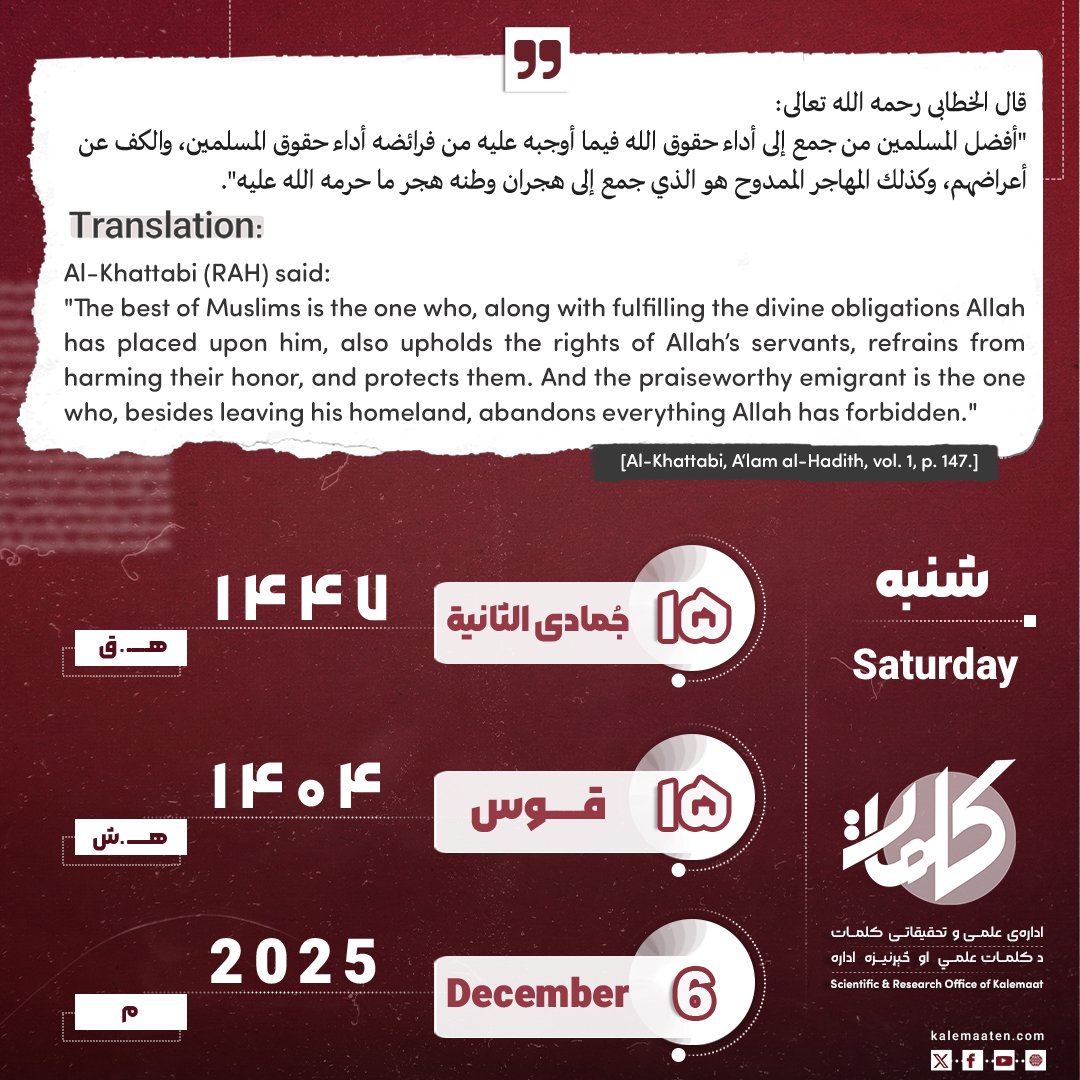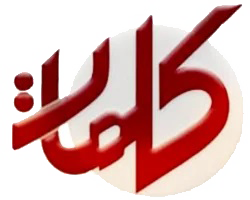Author: Shoaib Ahmad Ghaznavi
History of the Holy Kaaba (The 9th and Final Part)
The Guardianship of the Holy Kaaba
The guardianship of the Kaaba refers to taking charge of the service of the House and the Kaaba, including the opening and closing of its gate. Before the Quraysh, the guardianship of the Kaaba was held by the Tasm tribe, a branch of the Aad tribe. Subsequently, its guardianship passed to Khuza’ah, and then to Qusay. Qusay handed it over to his son Abd al-Dar, and Abd al-Dar then passed it to his son Usman. This process continued until it reached Ibn Talhah and subsequently his cousin Shaybah. To this day, the guardianship of the Kaaba remains with the sons of Shaybah, for the Messenger of Allah (PBUH) entrusted them with the key in the year of the conquest of Makkah, saying: “O sons of Abu Talhah! Take it forever, and none will take it back from you except the oppressor.”
Today, this family is known as the Shaybi family, and the key to the Kaaba is kept in the large house responsible for the guardianship of the Kaaba. The old Kaaba shroud is also handed over to them, after which the Saudi government purchases it from them and presents parts of it to heads of state and pilgrims.
History of the Construction and Expansion of the Al-Haram Mosque
During the time of the Prophet (PBUH), the Al-Haram Mosque did not have walls on all four sides; there were only gates allowing people to enter and exit from houses they had built around the Kaaba. When the Al-Haram Mosque became too small to accommodate the growing number of people, Umar ibn al-Khattab (MAPH) purchased the surrounding houses and expanded the mosque. While some owners refused compensation and declined to sell, they eventually placed the payment into the treasury of the Kaaba until it was taken. A wall was then constructed, which at that time encompassed an area of about 1,400 meters.
Later, during the time of Hazrat Usman (MAPH), the mosque was expanded again due to the increasing population. Thus, the Makki Haram has undergone thirteen expansions throughout the reign of various caliphs and rulers. The last expansion, carried out by the Custodian of the Two Holy Mosques, King Fahd, is considered the largest in the history of the Al-Haram Mosque, increasing its area to 356,000 square meters, compared to 152,200 square meters prior. For the first time, the spaces and surfaces of the Al-Haram Mosque were considered for holding prayers, accommodating one million worshippers. The mosque features three stories, and domes have also been constructed.
The courtyard of the Mataf is paved with marbles called “Tassos,” which were brought from Greece. These marbles have a thickness of five centimeters, while the thickness of other types does not exceed 2.5 centimeters. This stone absorbs moisture at night and releases it during the day, even in extreme summer temperatures reaching 49 degrees Celsius, which helps cool the Mataf and its surrounding areas. The claim that there is water underneath these stones is unfounded. The Al-Haram Mosque has 155 gates, three of which are designated as the main central gates.
In the past, spaces for obligatory prayers were allocated in four areas for the followers of the four Sunni sects. Historical records indicate that this practice became common in the fifth century AH. In 1377 AH, after the expansion project of the Mataf during the Saudi era, this trend was halted.
Initially, obligatory prayers were held behind the gate of the Kaaba from the eastern direction until Caliph Abdul Malik bin Marwan ordered the governor of Makkah, Khalid al-Qusri, to establish rows on all sides of the Kaaba. Scholars of the time, such as Ata, issued fatwas permitting this.
The Makki Haram features nine minarets, each standing 92 meters high. Elevators and escalators have been installed to access the second floor, along with designated areas for elderly and disabled individuals who perform Tawaf in wheelchairs.
Today, the Al-Haram Mosque has ten imams who lead the five daily prayers, as well as Friday and Eid prayers. These imams include Dr. Saleh bin Abdullah bin Hamid, Dr. Abdul Rahman bin Abdul Aziz Al-Sudais, Dr. Saud bin Ibrahim Al-Shuraim, Dr. Osama bin Abdullah Al-Khayyat, Sheikh Saleh Al-Talib, Sheikh Abdullah Al-Juhani, Sheikh Maher Al-Muaiqly, Dr. Khalid Al-Ghamdi, Dr. Faisal Al-Ghazawi, and Sheikh Bandar Balileh. In addition to their roles as imams, these dignitaries have other responsibilities.
The Al-Haram Mosque also has 15 Muezzins, including Muhammad Yousef, Muhammad Ali Shakir, Muhammad Siraj Maroof, Ali Ahmed Mulla, Nayef Saleh Faydeh, Farooq Abdul Rahman Al-Hadrawi, Ahmed Abdullah Basnawi, Tawfiq Abdul Hafiz Khoj, Majid Ibrahim Al-Abbas, Issam Ali Khan, Ahmed Yunus, Khoja Ahmed Ali Nahas, Muhammad Ahmed Maghrib, Saeed Falata, and Hamad Ahmed Daghreeri. These Muezzins call to prayer from a place known as the “Makbariyah,” located in the southern part of the Kaaba. Currently, Sheikh Nayef bin Salih Fayda is recognized as the Sheikh of the Muezzins.
The Fragrance of the Kaaba
The tradition of perfuming the Kaaba is an ancient practice that dates back to before Islam, and the Messenger of Allah (PBUH) continued this tradition. At times, the entire Kaaba was infused with pleasant scents. Mu’awiyah (MAPH) paid to have the Kaaba perfumed at the time of each prayer, and during the time of Abdullah bin Zubair (MAPH), it was perfumed daily, with increased frequency on Fridays. When the construction of the Kaaba was completed, it was perfumed both inside and out. Some jurists believe that perfuming the Kaaba serves as a purification commanded by Allah.
Arzuqi narrated that Hazrat Ayesha (may Allah be pleased with her) stated: “Perfuming the House of Allah is more beloved to me than spending gold and silver.” She also remarked: “Perfume the House of Allah, for this is considered as purifying it.”
The Kaaba is perfumed with oud, rose, and musk oil. Currently, a special official under the Presidency of the Two Holy Mosques is responsible for perfuming the Hajjar Al-Aswad. Some residents of Makkah also perfume the Yamani Pillar and other parts of the Kaaba, except the Hajjar Al-Aswad, at certain times.
I ask Allah Almighty to make my and your deeds purely for His pleasure and to grant me and you the good manners suitable for His sacred land, for He is indeed very generous and magnanimous.
[1] – Tabrani Dictionary.
[2] – Just as there were pillars in the Grand Mosque where the followers of each Imam would pray behind them, the followers of Imam Shafi’i prayed behind the Station of Ibrahim, the Maliki’s faced the Yemeni Corner, the Hanafi’s stood in front of the Mizab al-Rahmah, and the Hanbali’s positioned themselves between the Black Stone and the Yemeni Corner to hold congregational prayers.



